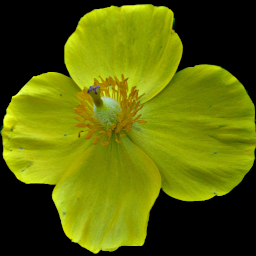This ubiquitous weed is found in temperate latitudes throughout the world. The tight little flower heads never open up any wider than what you see here. These plants, growing on a sunny and recently disturbed bank in Beechview, were among the very earliest flowers to bloom in the spring; this picture, in fact, was taken on March 20, the first day of spring.
Gray’s description of the genus and species follows, but it does not describe the plants in the photograph very well. The on-line Flora of North America remarks that the plants may be “sparsely tomentose when young,” as these plants were. And although Gray gives “July-Sept” as the flowering period, the Flora of North America says “flowering early spring.” In fact these can also be seen very late in the fall, and almost any time in between. The plant blooms very quickly from seed, and seedlings can overwinter; and it seems to present very different habits depending on the time of year.
SENECIO [Tourn.] L. Groundsel. Ragwort. Squaw-weed. Heads many-flowered; rays pistillate or none; involucre cylindrical to bellshaped, simple or with a few bractlets at the base, the bracts erect-connivent. Receptacle flat, naked. Pappus of numerous very soft and capillary bristles.— Ours herbs, with alternate leaves and solitary or corymbed heads. Flowers chiefly yellow. (Name from senex, an old man, alluding to the hoariness of many species, or to the white hairs of the pappus.)
Annuals (rarely becoming biennial); stems leafy to the Inflorescence; heads medium-sized, 1 сш. or less high during anthesis.
S. vulgàris L. (Common Groundsel.) Low annual, 1-6 dm. high. corymbosely branched, glabrate, leafy to the inflorescence; leaves pinnatifid and toothed, 1-8 cm. long, 0.6-3 cm. broad; calyculate bracts (bracteoles) of the involucre distinctly black-tipped; rays none; achenes hirtellous. — Waste grounds, common. July-Sept. (Nat. from Eu.)








